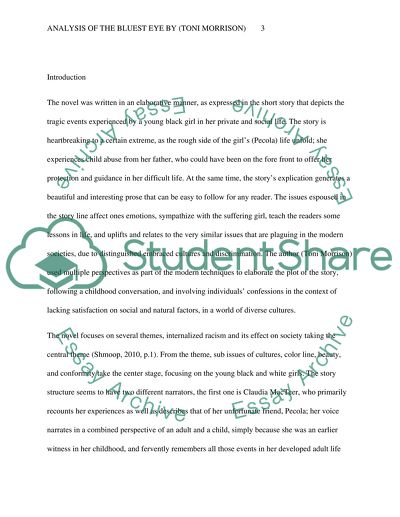Cite this document
(“Analysis of the Bluest Eye by (Toni Morrison) Term Paper”, n.d.)
Retrieved from https://studentshare.org/literature/1467665-analysis-of-the-bluest-eye-by-toni-morrison
Retrieved from https://studentshare.org/literature/1467665-analysis-of-the-bluest-eye-by-toni-morrison
(Analysis of the Bluest Eye by (Toni Morrison) Term Paper)
https://studentshare.org/literature/1467665-analysis-of-the-bluest-eye-by-toni-morrison.
https://studentshare.org/literature/1467665-analysis-of-the-bluest-eye-by-toni-morrison.
“Analysis of the Bluest Eye by (Toni Morrison) Term Paper”, n.d. https://studentshare.org/literature/1467665-analysis-of-the-bluest-eye-by-toni-morrison.


